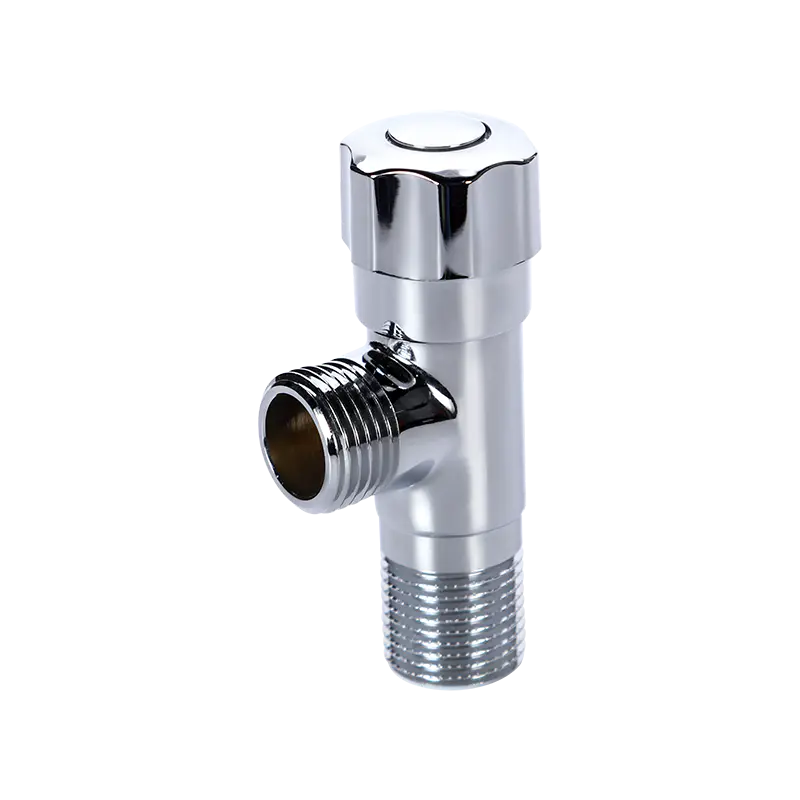In the realm of plumbing, the terms "stopcock" and "stop valve" are often used interchangeably, yet they refer to distinct types of valves that serve different purposes. The primary function of a stopcock is to control the flow of water in a pipe, typically used in domestic settings. It is a simple, manual valve that can be turned on or off to stop the water supply. Stopcocks are commonly found under sinks, in bathrooms, and in utility rooms, where they can be easily accessed for maintenance or to shut off the water in case of an emergency.
The main difference between a stopcock and a stop valve lies in their complexity and application. While a stopcock is a straightforward device for household use, a stop valve is a more sophisticated piece of equipment suitable for a broader range of applications. The design of a stop valve often includes features such as a flanged end for easy installation and a more complex mechanism to ensure a tight seal when closed. In contrast, a stopcock is typically a simple, quarter-turn valve with a spindle and a wheel or knob for operation.
On the other hand, a stop valve is a more robust and versatile type of valve that can be used in various applications, not just for water. It is designed to control the flow of liquids, gases, or even slurries in industrial settings. Stop valves are often used in heating systems, water supply lines, and in the control of chemical processes. They can be operated manually or automatically and are available in a variety of materials to suit different types of fluids and pressures.
In summary, while both stopcocks and stop valves are used to control the flow of fluids, the stopcock is a simpler device for domestic use, whereas the stop valve is a more complex and versatile option for a wider range of applications, including industrial and commercial settings.

